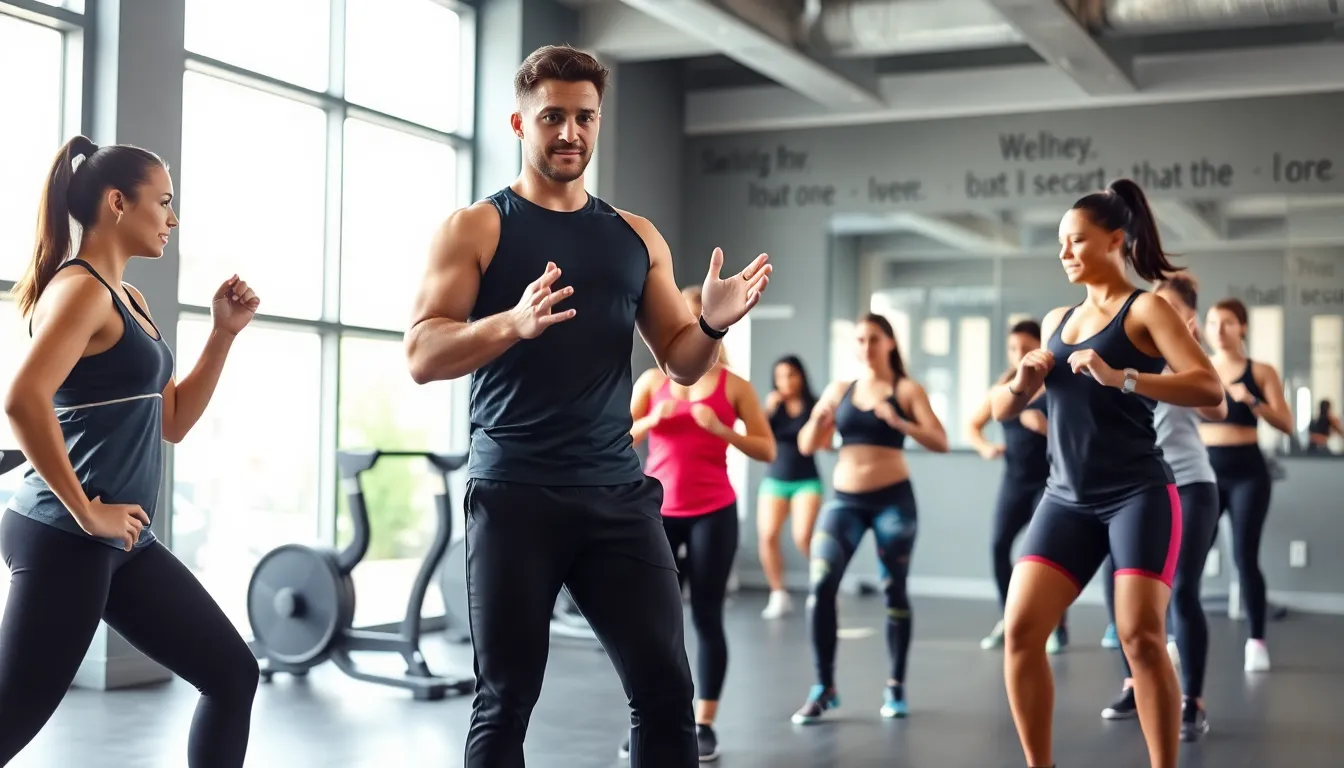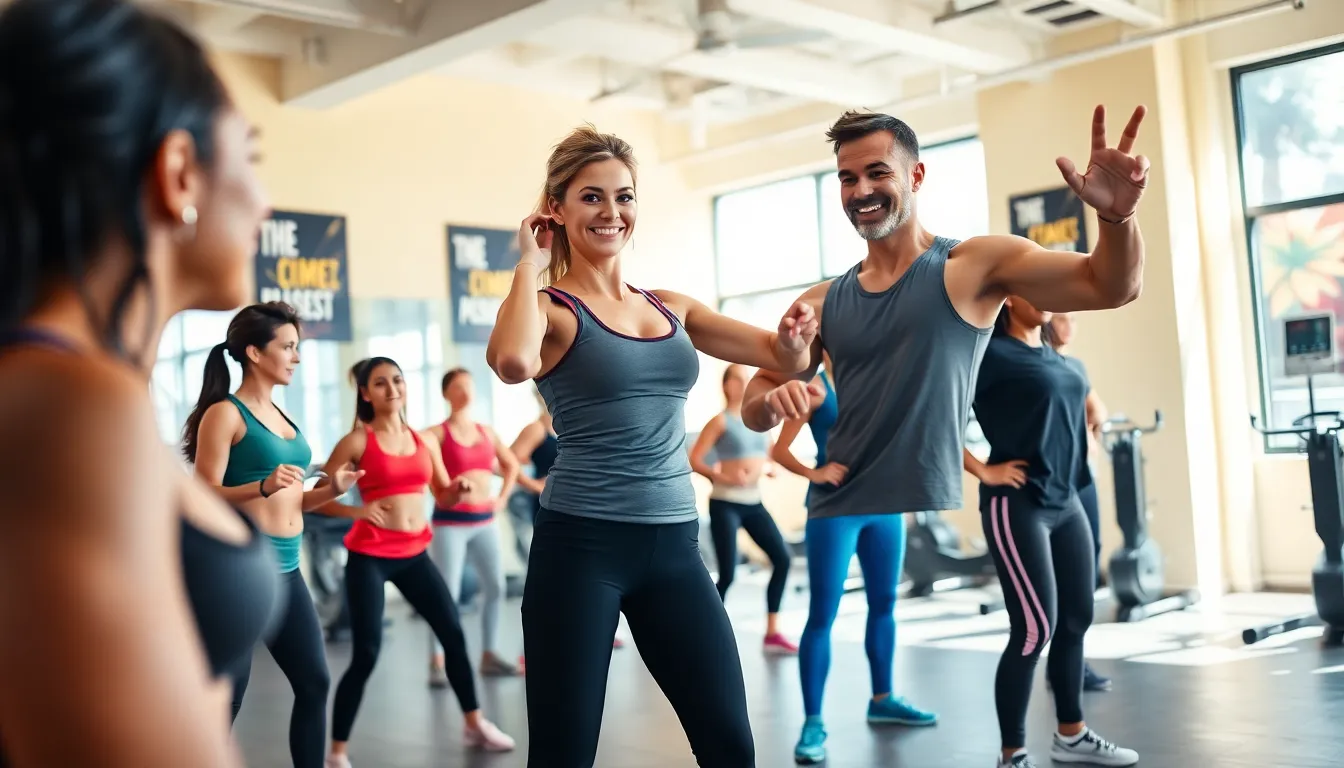Are you ready to trade in your 9-to-5 for a job that revolves around sweat, health, and happiness? Before you grab your yoga mat and hit the gym, let’s explore fitness instructor training. This pathway offers not just a career but a chance to change lives – including your own. Think of it as your ticket to a fulfilling job where you help others achieve their fitness goals while getting paid to stay in shape. Who wouldn’t want that? So, gear up as we jump into what it takes to become a successful fitness instructor.
Table of Contents
ToggleUnderstanding the Role of a Fitness Instructor

Fitness instructors play a crucial role in promoting a healthy lifestyle. They lead clients through workouts, offer guidance on proper techniques, and keep everyone motivated to achieve their fitness goals. But their job goes beyond simply counting reps. They are educators, motivators, and sometimes even therapists. A fitness instructor must possess an understanding of human anatomy and the principles of exercise to provide safe and effective workouts tailored to individual needs.
Also, they cater to a diverse clientele, from fitness novices looking for guidance to seasoned athletes challenging themselves. This requires adapting workouts and communication styles to different skill levels and personal goals. In essence, a fitness instructor acts as a bridge, helping clients navigate their journeys toward improved health and wellness.
Essential Skills Required for Fitness Instructors
Becoming a successful fitness instructor isn’t just about lifting weights or demonstrating yoga poses: it’s also about honing specific skills. Here are some of the essential skills required:
- Communication: Clear communication skills are necessary for instructing clients effectively. A good instructor explains exercises in a straightforward yet engaging manner, ensuring everyone understands the workouts.
- Interpersonal Skills: Building rapport is key. Clients need to feel comfortable, so showing empathy and understanding creates a loyal following.
- Adaptability: Things don’t always go as planned in a gym setting. A skilled instructor can modify workouts on the fly to accommodate clients’ needs and abilities, ensuring everyone stays safe and engaged.
- Depth of Knowledge: Familiarity with anatomy, nutrition, and fitness principles enhances an instructor’s ability to provide effective training plans and advice.
- Motivational Skills: Often, clients come into the gym lacking motivation. A good instructor inspires and invigorates, keeping clients focused on their goals.
Types of Fitness Instructor Certifications
A variety of certifications can help aspiring fitness instructors get their foot in the door. Each certification program often focuses on different training styles or areas of expertise, including:
- Group Fitness Instructor Certification: Ideal for those wanting to lead classes like aerobics or spin, focusing on engaging large groups.
- Personal Trainer Certification: This is for those who prefer one-on-one training, offering tailored workout programs based on individual client assessments.
- Specialized Certifications: Instructors can also specialize in areas like yoga, pilates, or functional training, each requiring unique skills and knowledge.
These certifications not only enhance credibility but also serve as a badge of professionalism that attracts potential clients.
Steps to Become a Certified Fitness Instructor
Taking the journey toward becoming a certified fitness instructor involves several key steps:
- Choose a Specialty: Decide which area of fitness you want to pursue. Whether it’s personal training or group fitness, identifying your niche helps focus your training.
- Get Educated: Enroll in a reputable certification program. Most organizations offer online courses, workshops, and hands-on seminars to help reinforce learning.
- Study Hard and Pass the Exam: Each program requires passing a comprehensive exam, which evaluates your knowledge and understanding of fitness principles.
- Gain Practical Experience: Seek internships or part-time positions at local gyms. Hands-on experience is invaluable.
- Get Certified: Once qualified, obtain your certification. From there, you can begin teaching classes or training clients.
Continuing Education and Professional Development
The fitness industry is always evolving. Hence, staying current is crucial for any fitness instructor. Continuing education helps instructors maintain their certification and develop professionally.
- Workshops and Conferences: These provide opportunities to learn new protocols, network with other professionals, and gain valuable insights into the latest fitness trends.
- Advanced Certifications: Consider obtaining advanced certifications that focus on emerging trends, such as functional training or nutritional coaching.
By investing in ongoing education, fitness instructors can enhance their skill sets, improve client outcomes, and elevate their careers.
The Impact of Fitness Instructors on Clients’ Lives
Fitness instructors inspire change, serving as catalysts for healthier lifestyles among their clients. They provide support in achieving not just physical goals, but also mental and emotional well-being. Many clients report feeling more confident and capable after working with a knowledgeable instructor.
Besides, instructors can foster a sense of community in their classes, encouraging camaraderie and mutual support among participants. This environment contributes significantly to clients’ motivation, making them more likely to stick with their fitness pursuits long-term.




